Home>Ideas and Tips>How To Choose The Right Paint Colors For A Biophilic Office Space
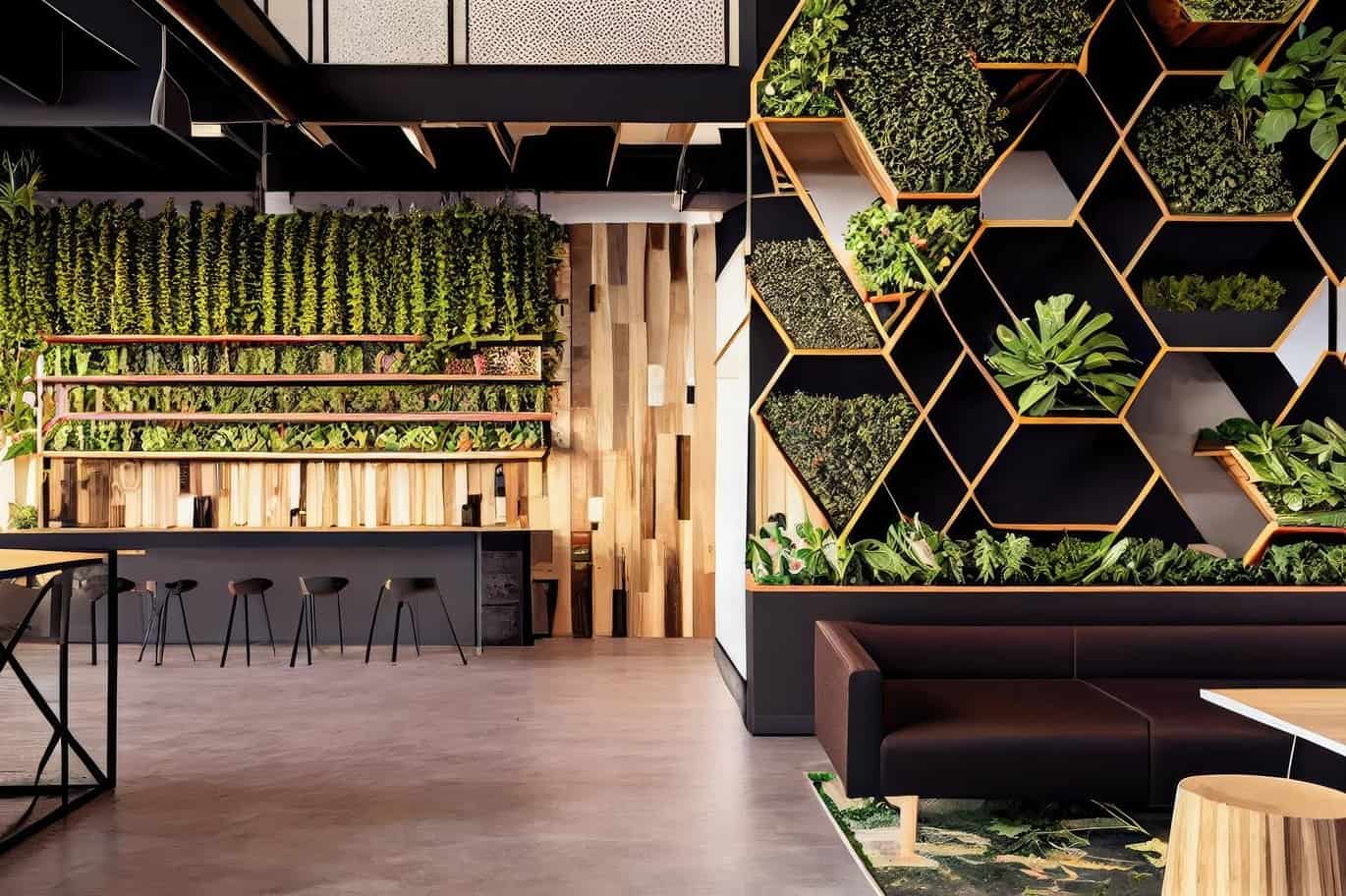

Ideas and Tips
How To Choose The Right Paint Colors For A Biophilic Office Space
Published: August 30, 2024
Learn how to choose the perfect paint colors for a biophilic office space to boost well-being, productivity, and creativity.
(Many of the links in this article redirect to a specific reviewed product. Your purchase of these products through affiliate links helps to generate commission for Storables.com, at no extra cost. Learn more)
Creating an office space that not only looks aesthetically pleasing but also promotes well-being and productivity is a crucial aspect of modern office design. Biophilic design, which emphasizes the integration of natural elements into indoor spaces, has become increasingly popular for its numerous benefits, including improved air quality, reduced stress, and enhanced creativity. One of the key components of biophilic design is the strategic use of color and texture to create an environment that feels connected to nature. In this article, we will delve into the world of biophilic office design and provide a comprehensive guide on how to choose the right paint colors for your office space.
Understanding Biophilic Design
Biophilic design is all about bringing the outside in. The term "biophilic" comes from the Greek words "bio" (life) and "philia" (love), describing a design that includes natural elements to improve well-being and sustainability. Biophilic interior design aims to create living spaces that complement nature in various ways, including incorporating indoor plants, using eco-friendly systems and designs, and maximizing natural light and fresh air.
The Benefits of Biophilic Design
- Improved Air Quality: Biophilic design often incorporates plants and natural materials, which help purify the air and maintain a healthy indoor environment.
- Reduced Stress: Exposure to natural elements has been shown to reduce stress levels and improve overall mental health.
- Enhanced Creativity: The integration of natural elements can stimulate creativity and inspire innovative thinking.
- Better Sleep: Biophilic design elements like natural light and plants can improve sleep quality by creating a more natural and restful environment.
Assessing Your Office Needs
Before selecting paint colors, it's crucial to assess the primary functions of each space in your office. Different areas may require different color schemes to optimize productivity and comfort. Here are some considerations:
- Creative Teams: Areas designated for creative work might benefit from vibrant colors like yellows and oranges, which foster creativity and enthusiasm.
- High-Stress Environments: Spaces that require serious work and concentration, such as legal or financial departments, may benefit from cooler hues like blues and muted greens, which help maintain focus and reduce stress.
- Common Areas: Common areas like reception or break rooms can use warm and cozy colors to create a welcoming atmosphere.
Understanding Color Psychology
Color psychology plays a significant role in setting the tone of your workspace. Each color can evoke different emotions and reactions:
- Blue: Often associated with stability and calmness, making it ideal for high-pressure environments.
- Green: Represents balance and can encourage a sense of tranquility and health, suitable for spaces that require concentration and calm.
- Yellow: Stimulates energy and creativity, perfect for dynamic, creative teams that thrive on innovation.
- Red: Can increase energy levels but should be used sparingly due to its potential to raise anxiety levels.
Tips for Choosing a Color Palette
When selecting a color palette for your biophilic office space, consider both the size of the space and the available lighting:
- Small Spaces: Use lighter colors that make the room feel larger and more open. Soft whites, pale blues, or greens are excellent choices.
- Large Spaces: Darker or more saturated colors can be used in larger spaces without overwhelming smaller rooms.
- Testing Colors: Always test paint colors in the actual environment where they will be used. Hang paint swatches on walls to observe how different lighting conditions affect the appearance at different times of the day. Digital tools can also help visualize the space before making final decisions.
Maintaining Aesthetic Coherence
Unlike painting homes, one of the goals of office painting is to achieve a professional and cohesive look by maintaining consistency in color usage across different rooms and areas. Decide on a base color for common areas and select complementary colors for private offices and meeting rooms. This strategy helps create a unified look while allowing room for variation based on specific department needs or preferences.
Incorporating Biophilic Elements
Biophilic design is not just about paint colors; it's about creating an environment that feels connected to nature. Here are some biophilic elements you can incorporate into your office space:
- Natural Light: Uncover any windows you might have and let natural light come in. If you don’t have windows, use natural colored lighting to mimic sunlight.
- Colors of Nature: Use colors of nature to inspire your design color palette. Splashes of color should be intentional and spontaneous, imitating the surprise of nature’s landscape.
- Textures: Introduce different textures and shapes in the office. Use natural materials like wood, stone, and plants to enhance the natural feel of your space.
- Greenery: Add plants here and there. Use maintenance-friendly varieties like moss panels for easy upkeep.
- Water Features: Incorporate water features like small fountains to create a focal point of serenity and calm in the hectic office.
Creating Harmony and Cohesion
A simple and effective way to create harmony and cohesion in your office space is to follow the 60-30-10 rule:
- Dominant Color: Use 60% of a neutral and soothing color like white, gray, or beige.
- Secondary Color: Use 30% of a complementary and vibrant color like green, blue, or yellow.
- Accent Color: Use 10% of an accent color that contrasts and catches the eye, such as orange, purple, or pink.
Natural Elements
Natural elements can bring a sense of freshness and vitality to your office space. They can also reduce stress and improve air quality. Use natural colors and textures like green, brown, or wood to create a connection with nature and add warmth and texture to your office design.
Testing Colors and Textures
Before committing to a final decision, it's important to test the colors and textures in your office space. Use paint samples, fabric swatches, or digital tools to see how they look in different lighting conditions and angles. Ask for feedback from your colleagues or clients to get their opinions and preferences. Testing the colors and textures can help you avoid costly mistakes and ensure that you are happy with the outcome.
Conclusion
Choosing the right paint colors for a biophilic office space requires careful consideration of both aesthetic and psychological factors. By understanding the impact of colors and assessing your office's needs, you can create a space that not only looks good but also encourages productivity and well-being. Remember to incorporate biophilic elements like natural light, colors of nature, textures, greenery, and water features to enhance the natural feel of your space. With these tips and strategies, you can create an office environment that promotes harmony between humans and nature.
Frequently Asked Questions
Q: How often should office colors be updated?
Office colors don't need frequent changes but consider updating the palette every 5 to 7 years to keep the environment fresh and engaging.
Q: What are the best colors for high-stress environments?
Blues and greens are excellent for high-stress environments as they tend to be calming and reduce anxiety.
Q: Are there colors that should be avoided in office settings?
Bright reds and oranges can be overwhelming if used extensively; they are best used as accent colors.
Q: How can I make a small office space look bigger with color?
Use light colors like soft whites, pale blues, or greens, which reflect more light and give the illusion of more space.
Q: Can brand colors be effectively integrated without overwhelming the space?
Yes, incorporate brand colors through accents and accessories rather than wall colors to maintain professionalism without overpowering the space.
By following these guidelines and tips, you can create an office space that not only looks professional but also promotes well-being and productivity through biophilic design principles.
Was this page helpful?
At Storables.com, we guarantee accurate and reliable information. Our content, validated by Expert Board Contributors, is crafted following stringent Editorial Policies. We're committed to providing you with well-researched, expert-backed insights for all your informational needs.
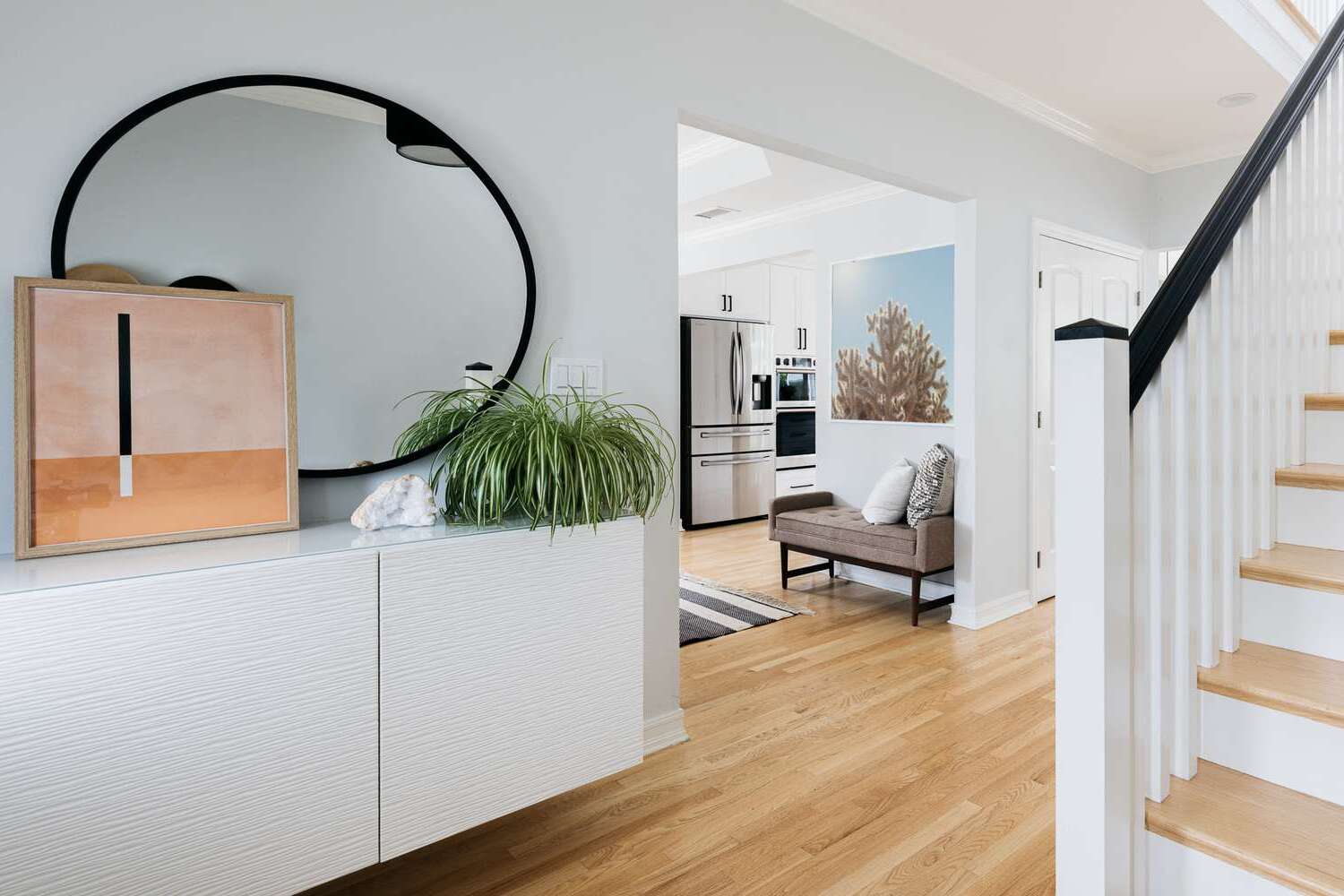

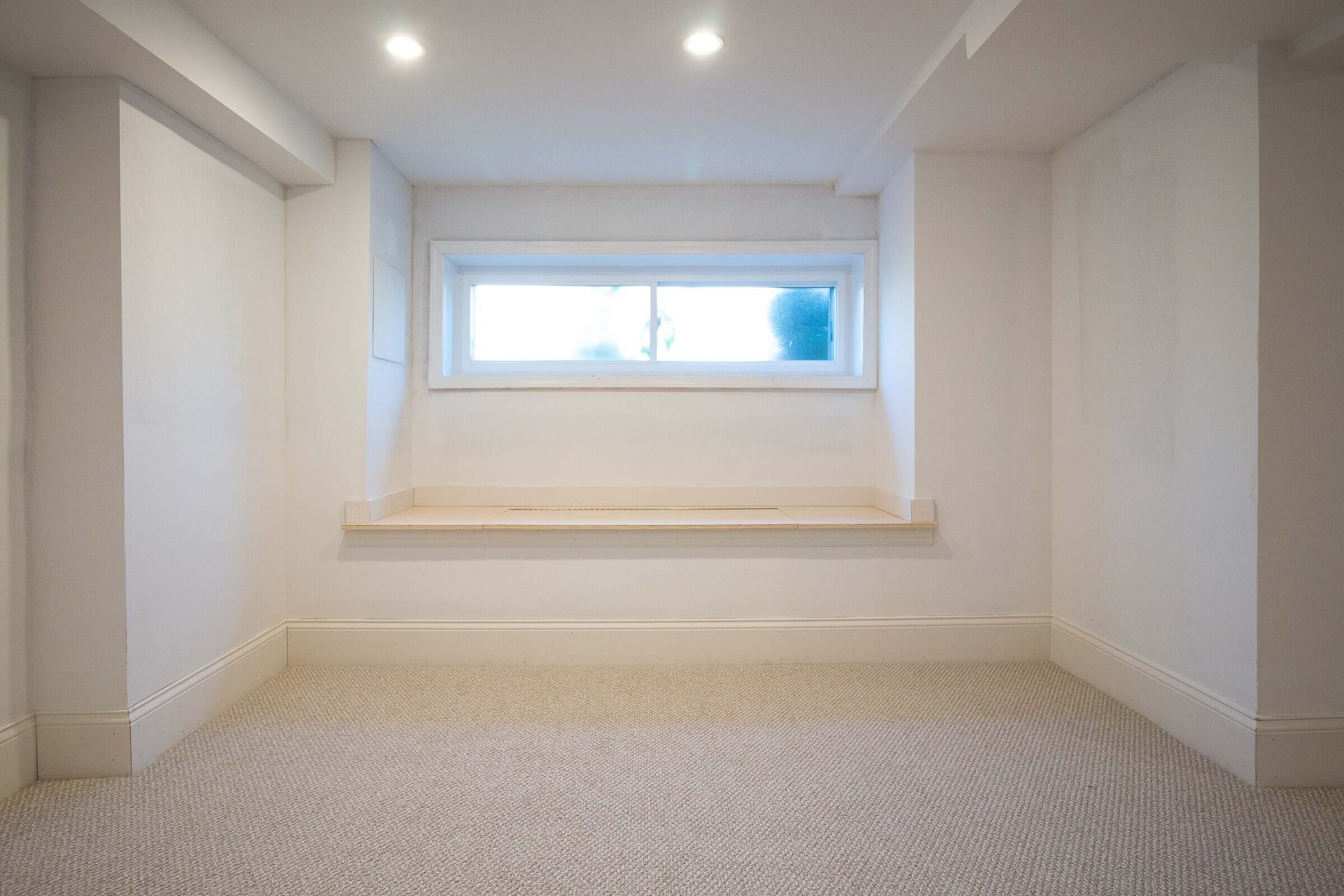
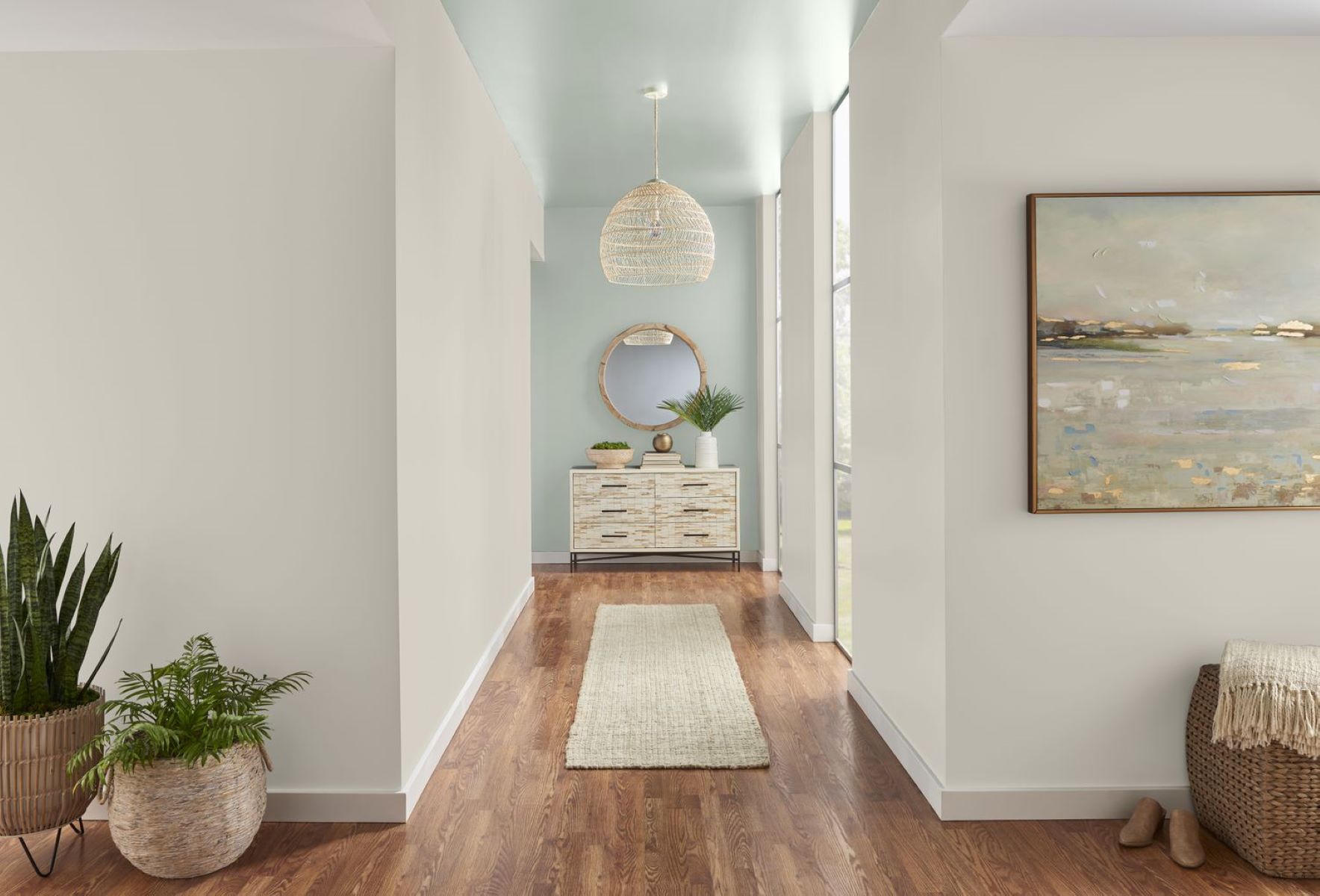
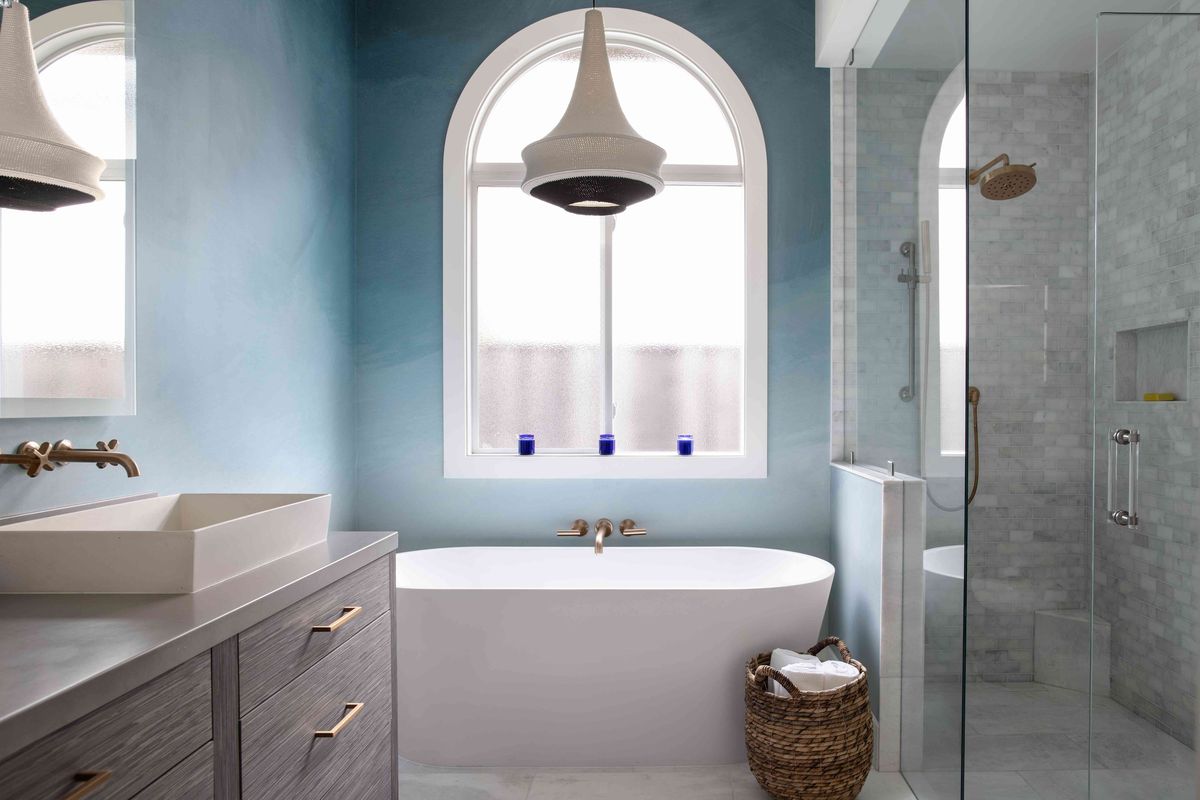
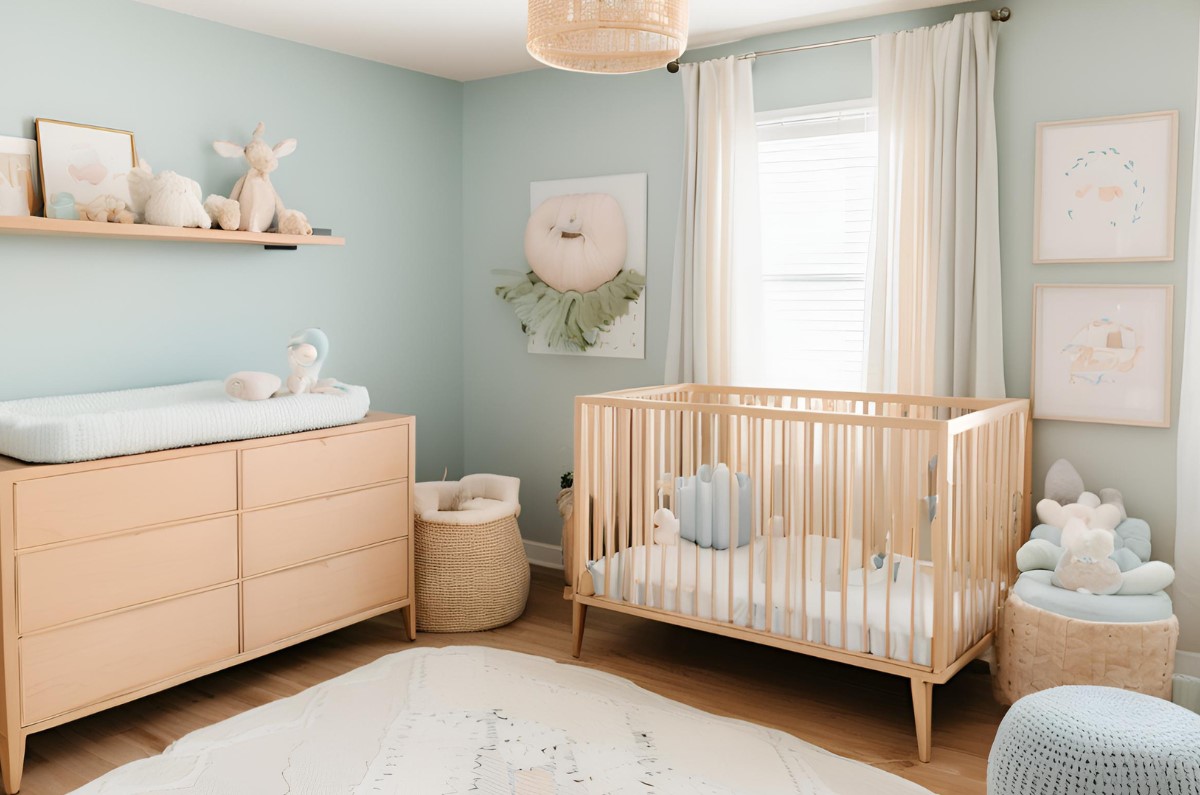
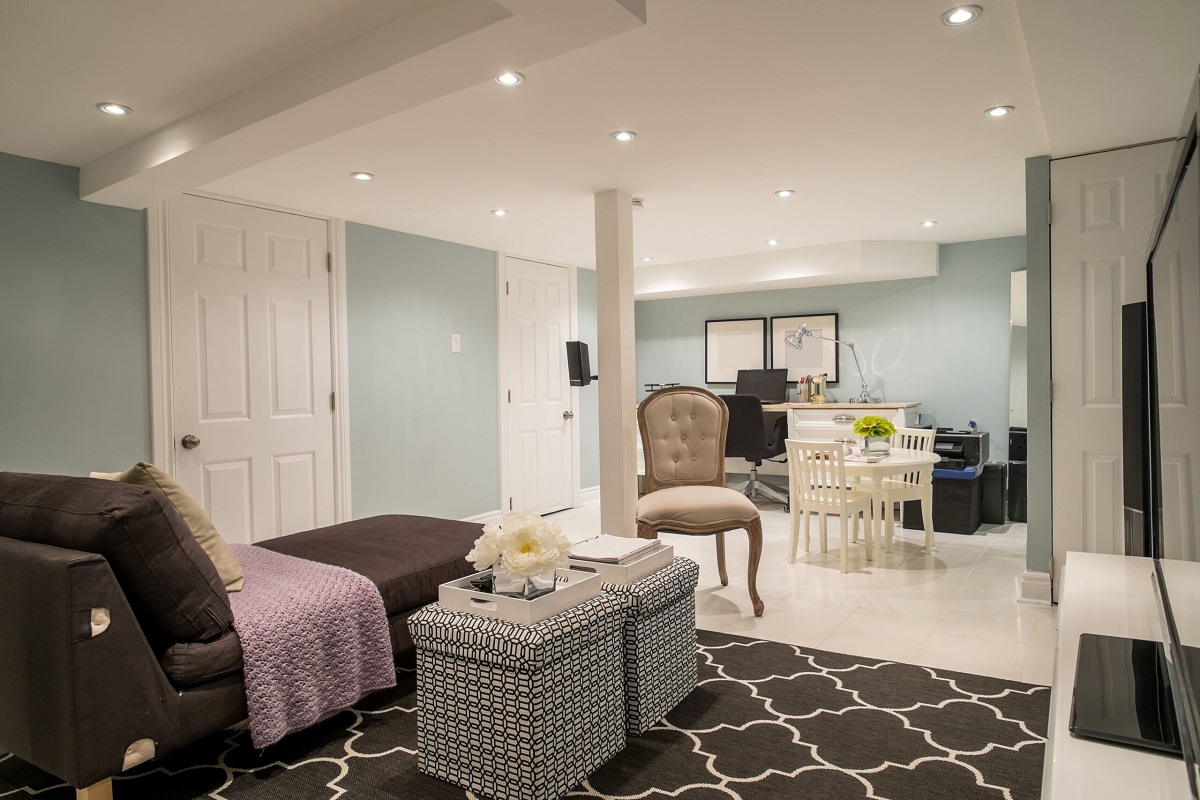
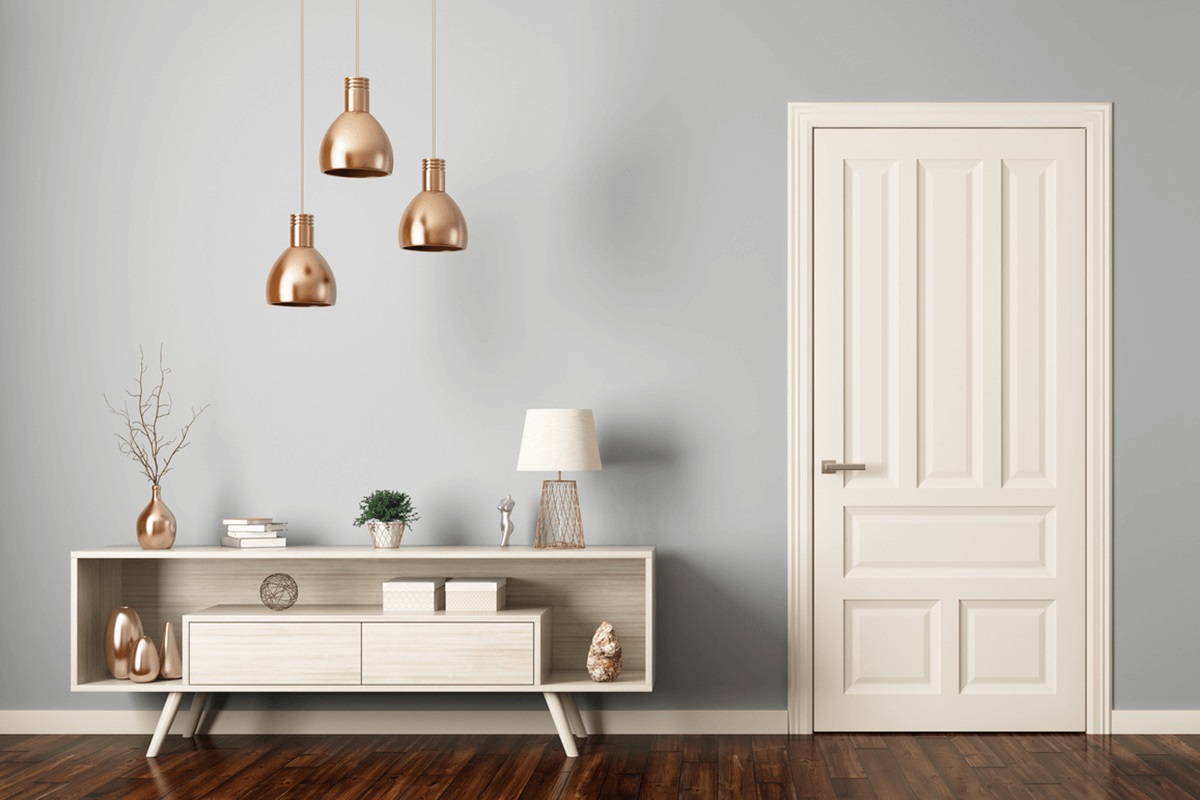
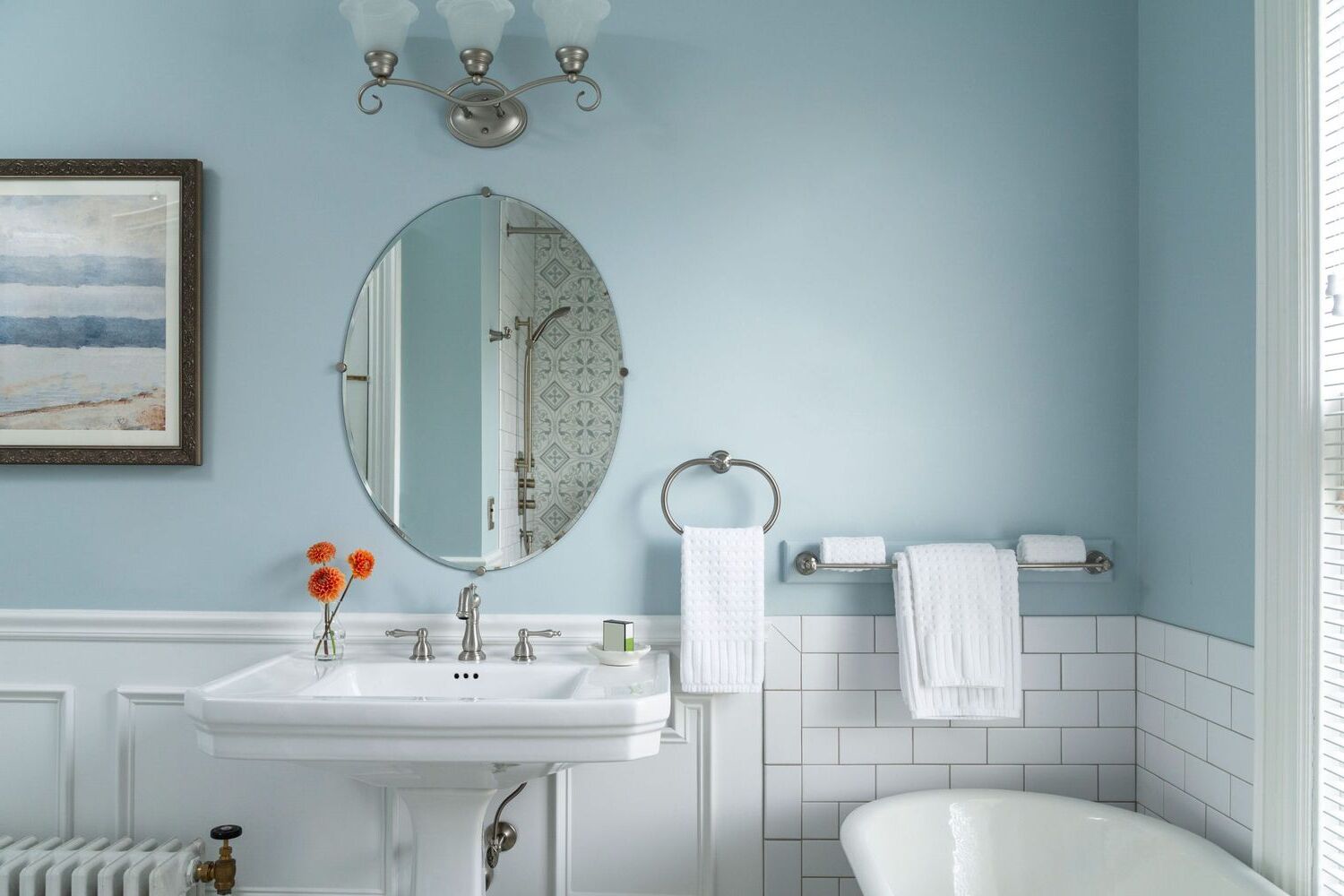
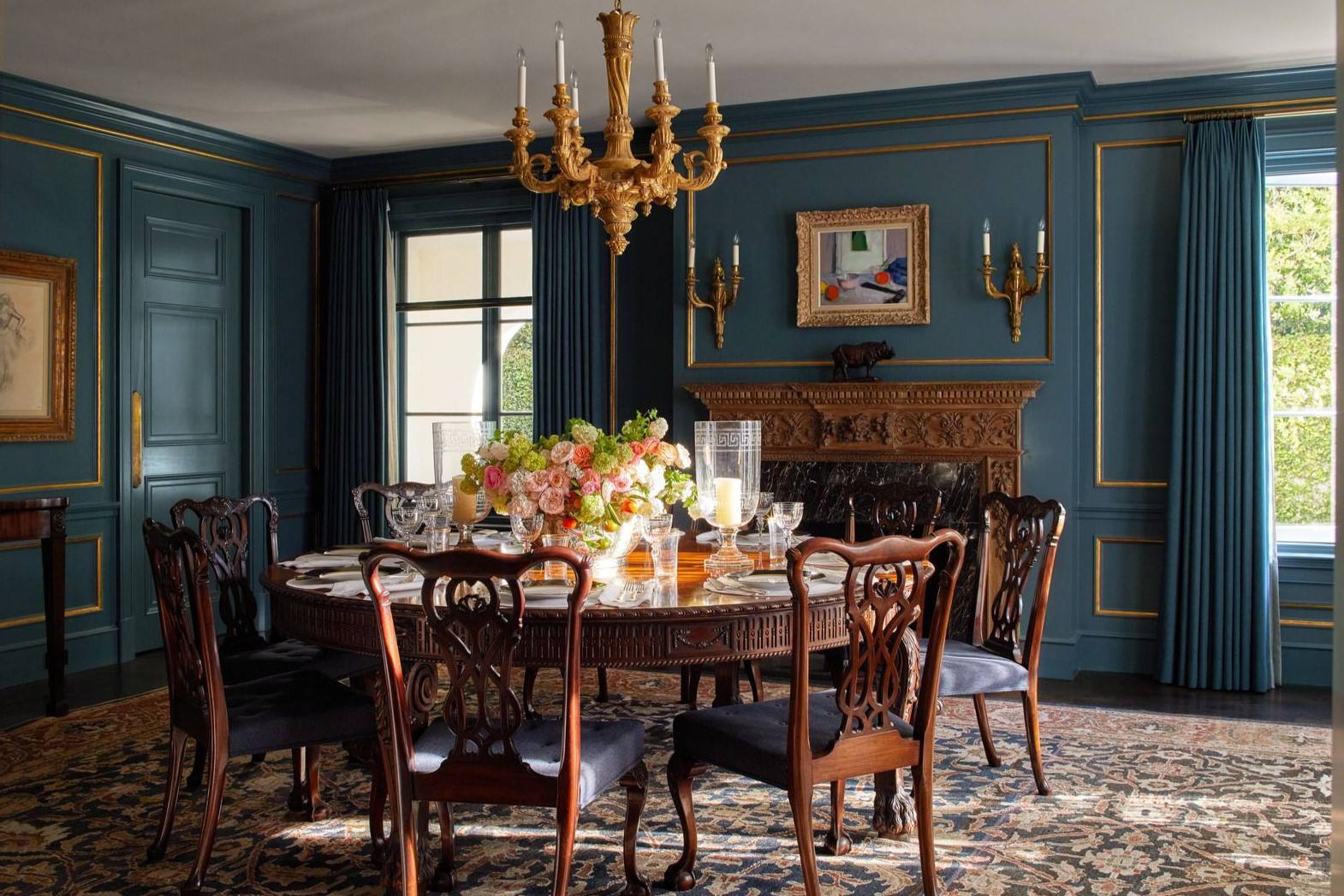
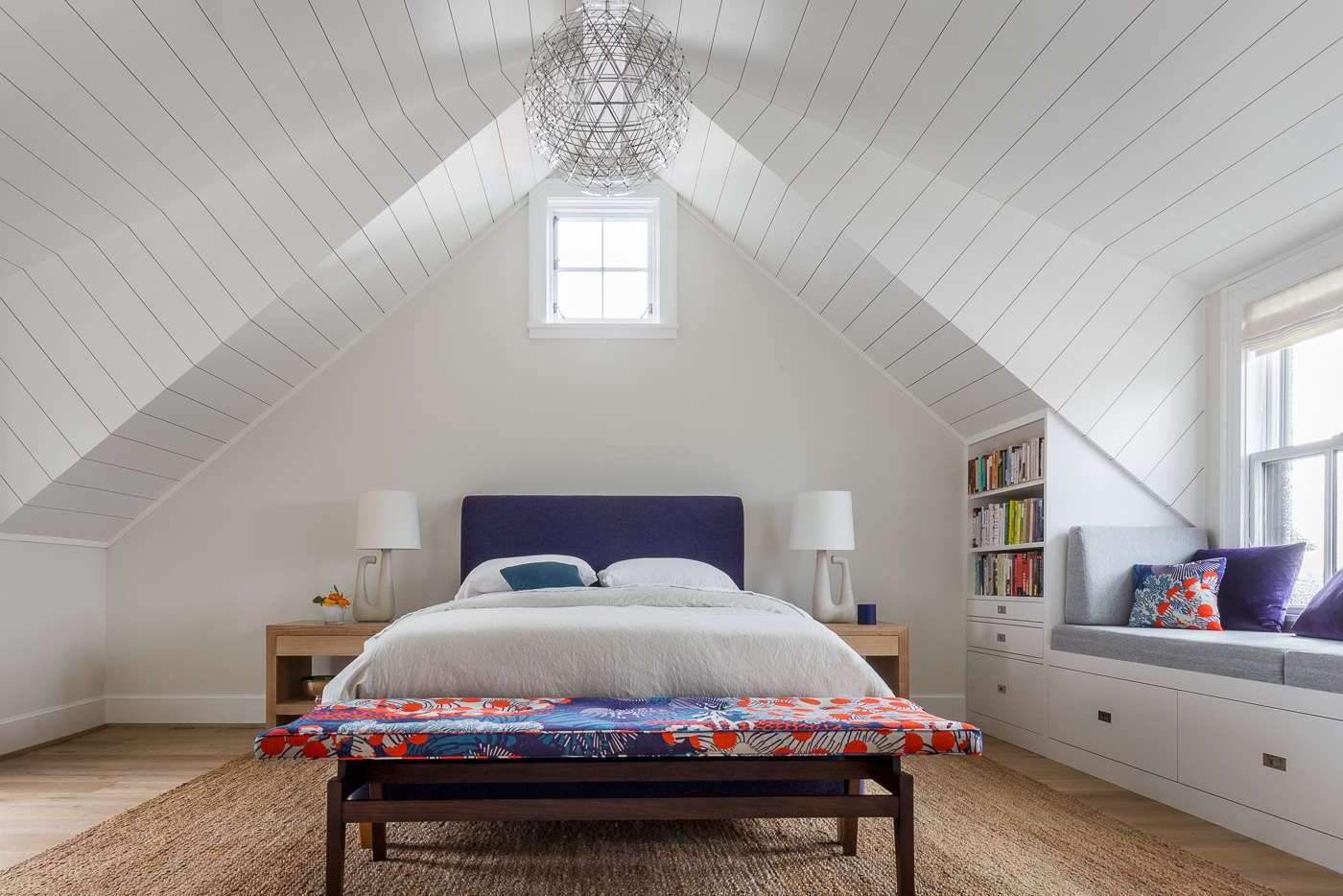
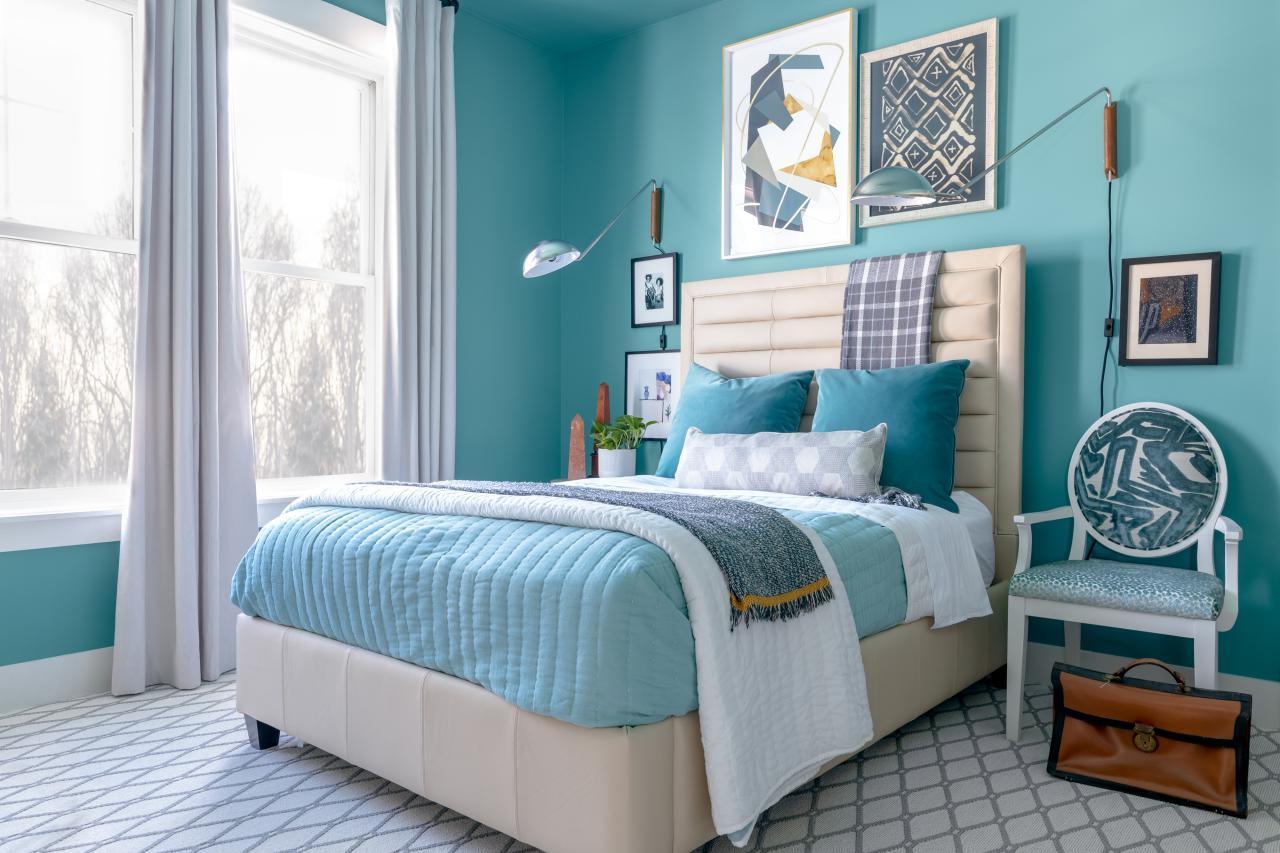
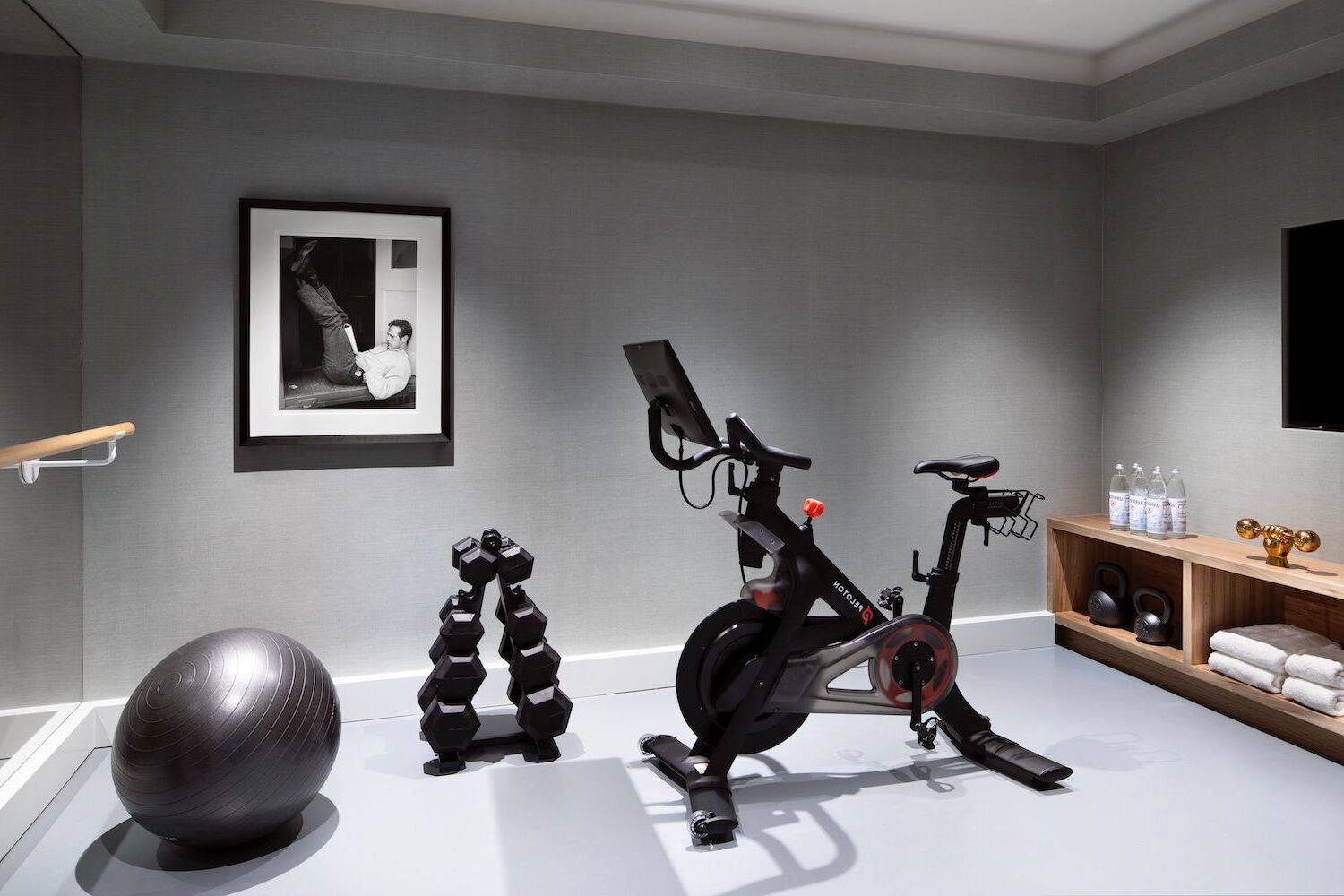

0 thoughts on “How To Choose The Right Paint Colors For A Biophilic Office Space”